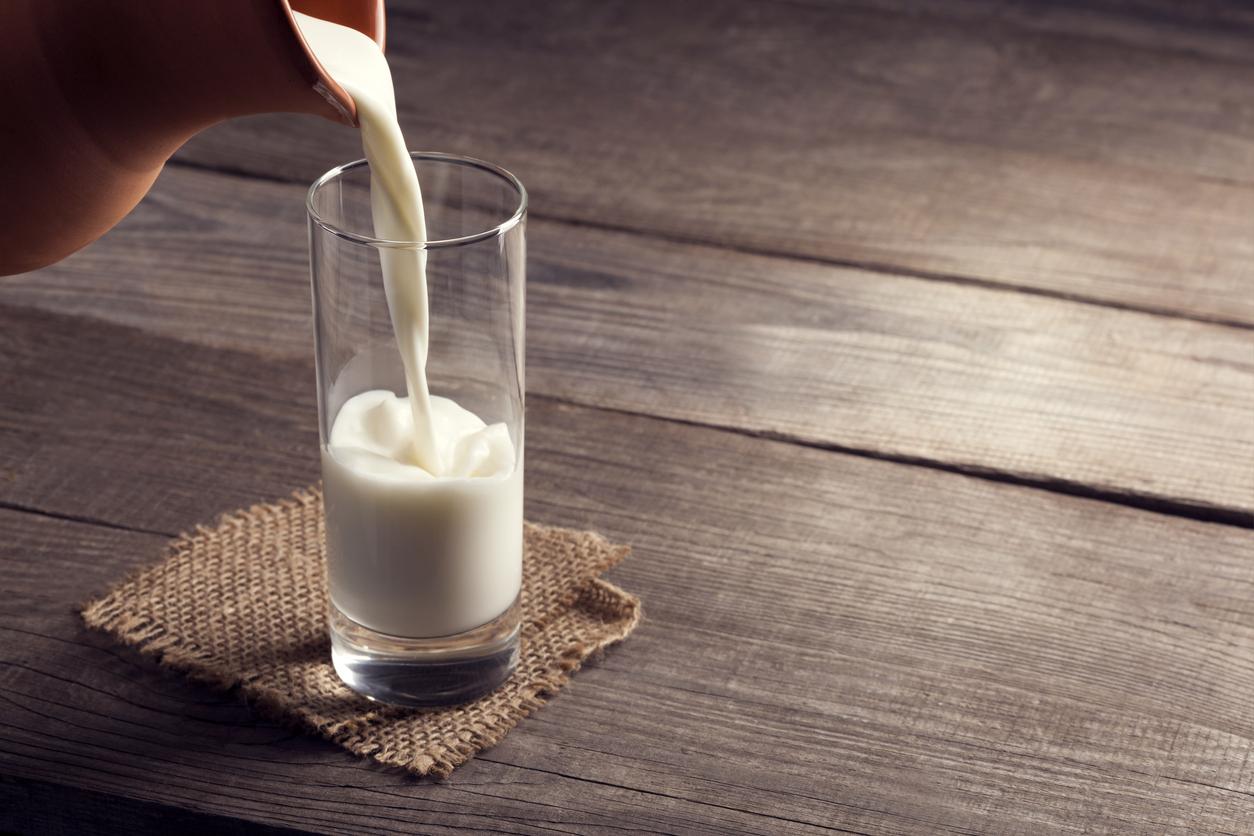What and where does horseradish come from?
Also called “German mustard”, horseradish (Armoracia rusticana) is a vegetable belonging to the Brassicaceae family. Horseradish leaves can be eaten, but it is mainly their roots that are used as a condiment. It is often associated with wasabi (Wasabia japonica), another plant in the Brassicaceae family. Their very strong flavors add spice to dishes.
Horseradish is native to Europe, specifically Eastern Europe. It includes the list of ingredients of a large number of culinary preparations. In Japan, horseradish can be used instead of wasabi, which is particularly expensive due to its rarity.
The term “horseradish” appeared in the French language in the 15th century. It comes from the old French raïz, which means “root”, and fort whose meaning was once “bitter”.
Once used by the Greeks and Romans for its medicinal properties, horseradish gradually fell into oblivion. It now enjoys a spotlight thanks to its many health benefits.
What are the properties and benefits of horseradish?
Horseradish has a high content of vitamin Cin calciumphosphorus, magnesiumin ironmanganese, vitamins B1, B2 and B6but also antioxidants, fiber and glucosinolates.
Due to its nutritional profile, horseradish enjoys a reputation as an anti-cancer condiment. In general, the consumption of horseradish contributes to a fortification of the immune system. This root is also believed to have anti-inflammatory effects.
Horseradish is a powerful antimicrobial against bacteria, and even staphylococci, it also relieves muscle pain and acts as a blood circulation stimulant.
It is also not uncommon to see horseradish recommended in the treatment of respiratory conditions such as bronchitis or sinusitis, or in the treatment of urinary tract infections.
Where to find and how to consume horseradish?
In France, it is found fresh on the market between September and March. The rest of the year, it can be found marinated in vinegar or presented in a ready-to-use sauce.
The most classic use to enjoy the benefits of horseradish is to incorporate this condiment into a sauce or fresh cream. Traditionally, horseradish is used in beef recipes. It is also legitimate to invite itself into a smoked fish or seafood recipe. Horseradish is also one of those ingredients that can add a touch of originality to a fresh vegetable salad.
Advice :
- If you find the horseradish fresh, you should only grate it at the last minute, as it loses its spiciness very quickly once grated.
- To fight against a urinary tract infection (cystitis or urethritis), boil covered and for 5 minutes 10 g of fresh roots or 5 g of dried horseradish roots in 400ml of water, over high heat; then leave to infuse for 15 minutes and drink several times during the day (be careful, it’s very spicy!).
- For stimulate blood circulationit must be grated to perform a massage or to apply it as a poultice.
What are the contraindications of horseradish?
Even in small doses, the consumption of horseradish can pose a risk to the health of people suffering from hypothyroidismof kidney disorders or an ulcer (stomach, duodenum).
Pregnant women and women who have opted to breastfeed their child after childbirth are also advised not to consume horseradish.
As a ready-to-use condiment, horseradish may contain sulphites. People allergic to sulfites will therefore also be careful to avoid horseradish in their diet.
Read also: Thyme: herbal tea, benefits, how to consume it?Rosemary: what benefits, how to use it?Aloe Vera: skin care, health benefits, how to use it?Cranberry (Cranberry): health benefits, urinary tract infections, why take it ?
















